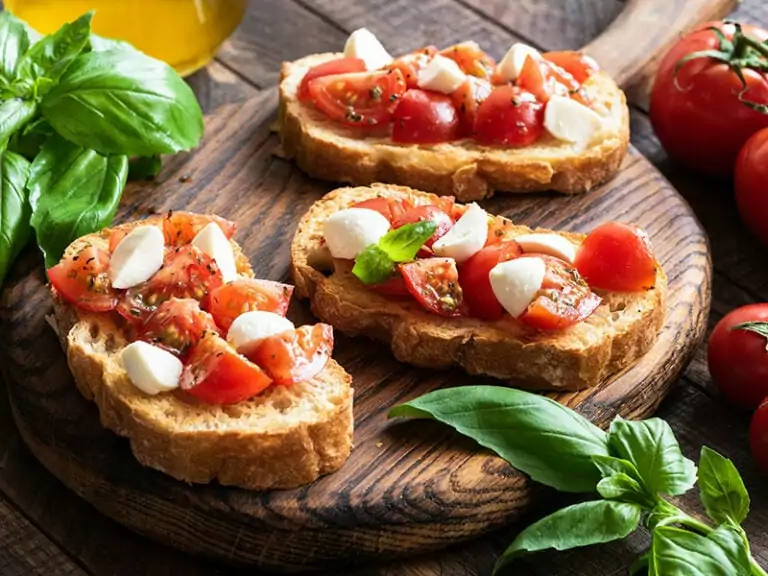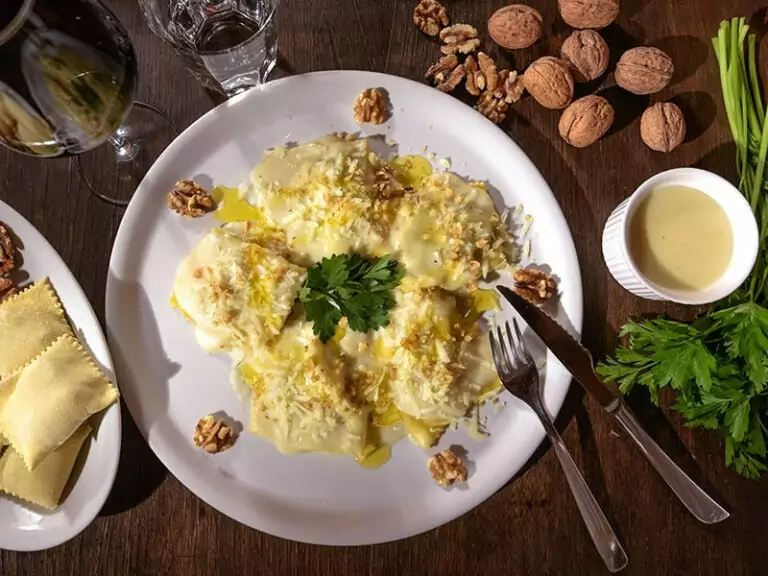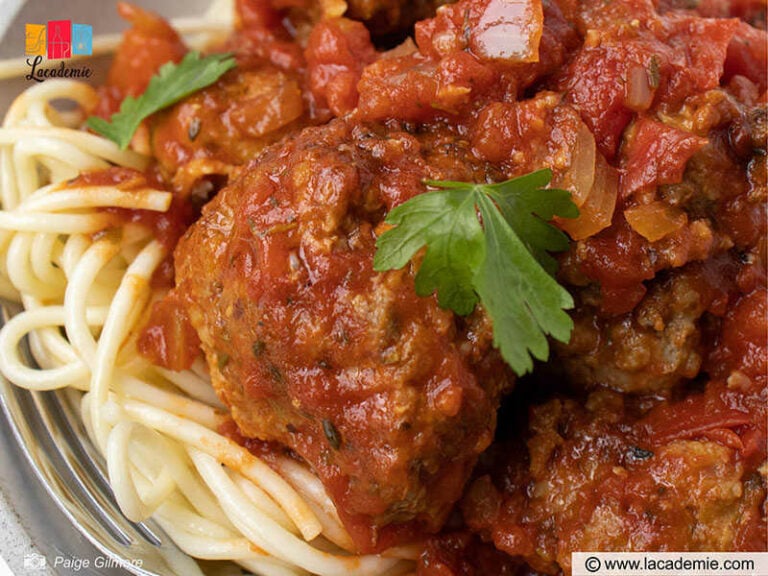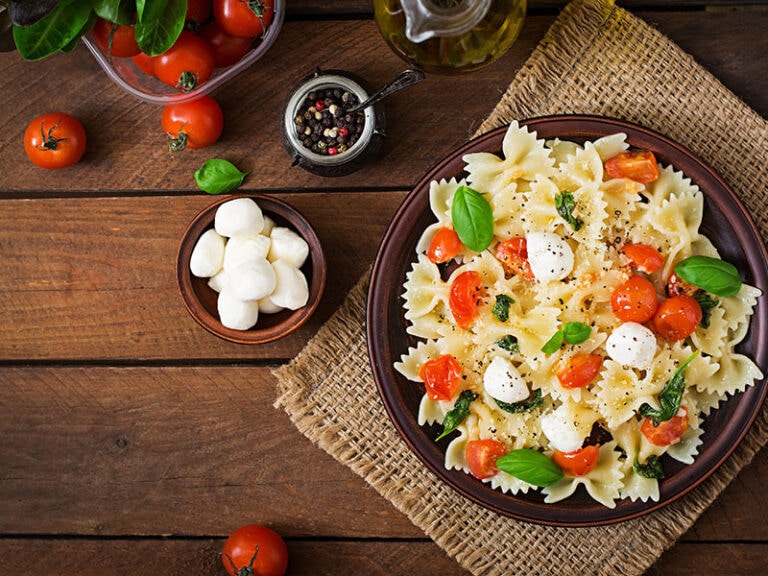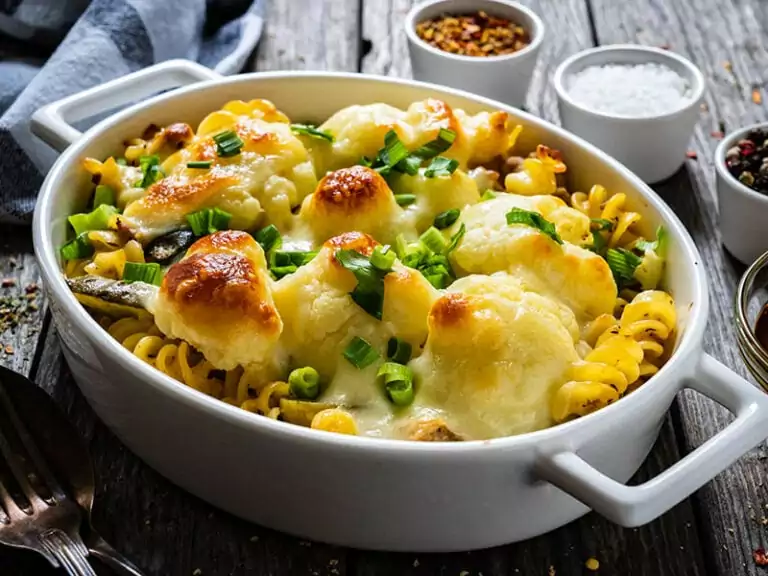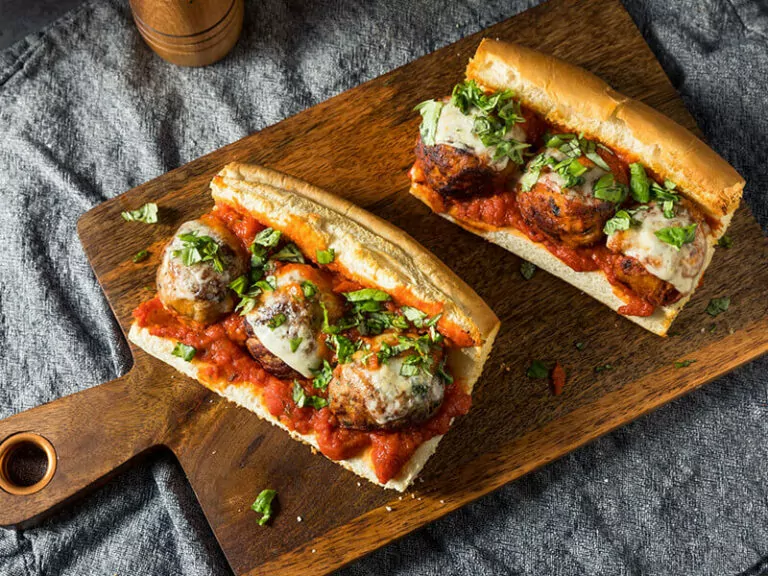With about a million pasta companies in the market, it might be hard to pick the best Italian pasta brands. If you have ever had problems choosing the right pasta for your meals, worry not, as I have come to your assistance.
Pasta is one of the most loved dishes in the whole world. It has incredible versatility, which opens up countless possibilities for new, exciting flavors for people to discover.
But before you do anything well, you have to do it right. And cooking pasta in the right way starts with picking the correct type of pasta to cook. That’s what I am going to help you with today.
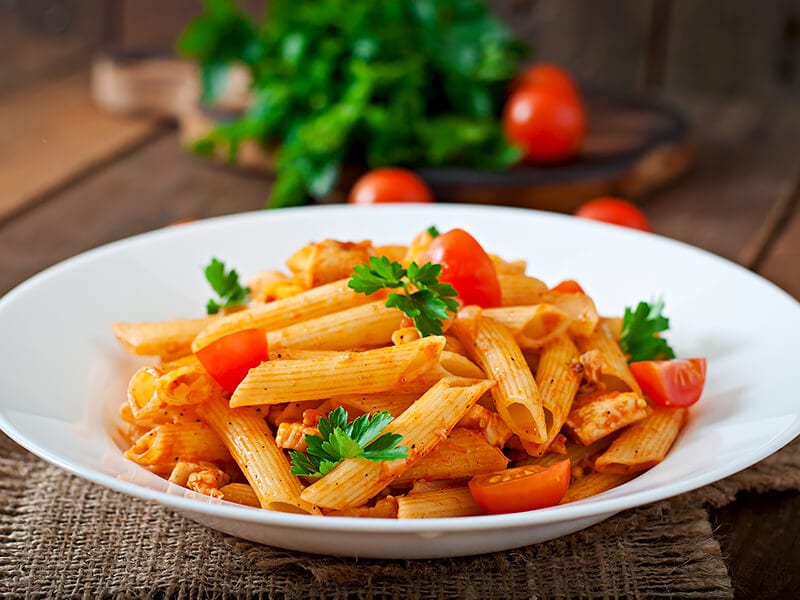
Italian Pasta Brands Quick Chart
Before jumping into the details, here’s a table summarizing the key points you need to remember about the pasta brands I’m going to discuss:
Best Italian Pasta Brands
Now you’ve learned some key takeaways, let’s jump in the details. If you wonder what makes those pasta brands I mentioned above greater than other brands, you’re about to find out.
1. Barilla
Barilla is one of the most popular brands of spaghetti sold in the U.S, so much so that it’s hard to find any grocery store without the signature Barilla blue boxes on display. It is also common globally and is beloved by home cooks worldwide.
It has seven exclusive pasta formats with a wide-ranging, versatile assortment that can cater to virtually any dish. So if you are a newbie in the pasta world, buying Barilla pasta might be a good place to start. I highly recommend Barilla Spaghetti Pasta.
Barilla pasta, like any good pasta, is made from durum wheat. Its ingredients include four types of exclusively Italian wheat, and regular wheat flour is mixed with semolina in the manufacturing process to create pasta.
Its products are created using both the bronze drawing and teflon drawing method and tend to work better with light sauces like garlic and herbs.
Its protein index is relatively low compared to other types at 12,8%, but this number still passes the “good pasta” threshold.
Along with other products, Barilla pasta also releases specialty lines such as whole-grain pasta, organic pasta, veggie pasta, and gluten-free pasta.
2. De Cecco
Barilla might be the pasta sweetheart in America, but that title belongs to De Cecco in Italy. Having been producing pasta since 1886, De Cecco is a pasta brand that can change your whole world with its flavor.
Unlike Barilla, De Cecco exclusively uses durum wheat semolina as an ingredient for its pasta. These grains are transported from all over Europe and then mixed with crystalline water from Majella mountain springs to make the dough.
After that, pasta is bronze drawn to create a porous texture and slightly rough surface. It then went through the process of slow drying at about 60 Celcius in 10 – 36 hours, depending on the type of pasta.
The result has a golden color with a wheaty and earthy aroma and a neutral flavor. The mild flavor enables it to highlight other flavors in a dish – like brown butter or parmesan – without overwhelming and overtaking them.
The company offers a wide assortment of pasta suitable for many purposes. One of the star products is De Cecco Pasta, Egg Pappardelle, which is an excellent choice for dinner if you need a suggestion.
De Decco’s protein count is quite high at 14%, thanks to the exclusive use of semolina. It is beloved by many Italian households thanks to its rigorous manufacturing process.
Even better, De Cecco is quite affordable and in the mid-price range. You can easily buy it online from Amazon or Walmart.
3. Garofalo
Produced in the picturesque Gragnano mountainous side, Garofalo belongs to the premium pasta tier.
Garofalo combines both durum wheat semolina and whole durum wheat to make its pasta. The wheat has multiple origins – some of it was exported from Australia and Arizona, while the rest comes from different parts of Italy.
While most of the product lines are bronze drawn, a few are Teflon drawn. Garofalo pasta generally has a springy, porous texture that is excellent for recipes with thick sauces and broths.
Garofalo probably takes the lead in the pasta market in terms of assortment: It has more than eighty pasta formats. The company has four main product lines: Durum wheat semolina pasta, gluten-free pasta, whole durum wheat, and organic pasta for children.
For the best experience, if you want to try Garofalo, purchase the Garofalo Variety Pack. It is a high-end product, so it’s hard to get your hands on it in local brick-and-mortar stores, but you can always order online.
4. Rustichella D’Abruzzo
If you are an outside-of-the-box thinker and love creative shapes, then Rustichella D’Abruzzo is the one for you!
As an artisan brand, it is known to have some of the most unusual shapes and varieties on the market. If you are feeling intrigued, why not buy this Pasta Torchio and see for yourself?
The brand uses the best durum wheat semolina to make pasta. This flour is mixed with pure Apennine mountain spring water to create the dough. The dough is bronze-pressed and slowly air-dried.
The pasta is neutral-flavored and has a mild wheaty aroma. When cooked, it makes the flavors of other ingredients pop. It works well with peas and ground meats.
5. La Molisana
If pasta is a society, La Molisiana would be one of the elites. While starting later than other brands from the year 1912, La Molisiana has a sure foothold in the current pasta world.
In terms of ingredients, it uses only Italian durum wheat combined with clean water from Molise water springs. Some products are bronze drawn, and some are Teflon drawn, and then all of it goes through drying in low to medium heat.
The pasta has a slightly rough surface and an excellent tenacious and elastic texture. In fact, La Molisiana pasta is so good it received the Leonardo Italy Award for high-quality products.
This pasta is perfect for making classic Italian dishes like Spaghetti Alla Norma or Cacio e Pepe, as well as pasta bake dishes. Its protein index is quite high, scoring at 14%.
The brand has some of the most interesting and varied pasta shapes, namely the square spaghetti, the triaghetti (triangular spaghetti), and the quadrotti (square-based macaroni). You can tell the company has had some fun making these kinds of unconventional pasta.
One signature product of La Molisiana is the Spaghetto Quadrato, otherwise called the wholemeal pasta version. This shows the company’s appreciation for a natural and simple diet.
To those who are interested, La Molisana Pasta Fusilli Bucati Cort might be a good option for starters. Other than ordinary pasta, the company also offers lots of whole-grain and gluten-free options.
6. Rummo
Like many other good pasta brands, Rummo is quite old – the company has been around for more than 175 years. It is based in the beautiful Benevento of Southern Italy and has one of the most interesting ingredient profiles.
Rummo pasta makes the most out of high-quality Italian raw materials, such as brown rice, yellow corn, white corn, potato scratch, etc. It is rich in nutrients, along with a high protein index of 14,5%.
Its preparation method is also unique, with a special step called the “slow processing” method. The pasta is also exclusively bronze cut.
Its most popular products are Rummo Italian Pasta Spaghetti No.3, linguine, and trampoline. It’s best to use them in classic Italian pasta recipes with tomato sauce or meat sauce. Keep in mind that the ingredients have to be as authentic Italian as possible.
The brand also has a thriving organic product line with names like organic lentil chickpea elbows and organic lentil chickpea penne. It has some of the best gluten-free pasta and organic whole-wheat products in the market.
7. Colavita
Compared to other brands, Colavita might not boast the most diverse product lines. However, it doesn’t mean that the company is not well-loved.
Colavita is an artisan pasta, and you can pretty much trust artisan pasta in terms of the amount of dedication and details that go into it. Colavita uses durum wheat semolina to make the dough and then air-dries it to make pasta.
Colavita pasta works best when paired with sun-dried tomatoes and fresh parmesan. If you plan on buying Colavita, I recommend trying its signature Strozzapretti pasta.
One distinct characteristic of Colavita is that it doesn’t use any artificial ingredients in its pasta.
8. Benedetto Cavalieri
If you think the brand’s name sounds like a person’s name, that’s because it is. The brand is named after its founder using both his first and last name. This pasta uses durum wheat semolina raised without any chemical fertilizers in the Basilicata and Puglia regions.
It has a unique manufacturing process called “Delicate Method”, which starts from long kneading the dough to slow kneading to pressing and finishes with bronze drawing.
The company offers 32 sizes of durum wheat semolina pasta, including Spaghettoni & Ruote pazze, as well as 8 shapes of whole-meal organic pasta. One of its more popular products is Benedetto Cavalieri Bucatini, which I suggest you give a try.
9. Rao’s Homemade
Rao’s is pretty much the king of pasta condiments, with a wide array of popular products that are adored by the American public. Compared to this, its pasta product lines seem subdued, but trust me, it is also of top-notch quality.
Also using durum wheat semolina and water in the recipe, Rao’s Homemade pasta has a matte appearance and a rough texture that is bouncy, springy, and fun to chew.
It offers quite a small assortment of products, with only the most popular types of pasta like spaghetti, penne, fusilli, linguine, etc. You should enjoy them with traditional, tomato-based sauces like marinara.
One advantage that Rao’s Homemade pasta has is that the company produces, arguably, the best pasta sauces in the market. So it is expected that the brand’s pasta and sauces would complement each other well.
10. Sanniti
Other brands might choose to release one or two gluten-free, organic product lines, but Sanniti makes it their whole mission to deliver the healthiest high-quality pasta to the world.
Sanniti has quite a small assortment, but it does sell some of the more “obscure” pasta types like casarecce or maccheroni. Most of its products are gluten-free, GMO-free, and organic all in one, which is quite a difficult feat for other brands to beat.
Sanniti is available on Amazon, so you can try its Sanniti Italian Gluten Free Potato Gnocchi and see how it is.
11. Seggiano
Another artisan brand, Seggiano pasta, is made using only the best Tuscan durum wheat. The brand also uses the bronze drawing and slow drying method to ensure the quality of pasta.
Its pasta has a white-yellowish color, a rough texture that holds sauces extremely well, and fantastic consistency. It has a medium assortment of pasta with 23 types.
Seggiano is also special as all of its products are organic. Yes, all of them. The company claims that the products are made “without the use of preservatives or industrial processing”. Now isn’t that impressive!
If you want to support Seggiano, try their Toscani organic pasta. Trust me; you won’t regret it.
12. Morelli Pasta
If you are a big fan of flavored pasta, you have to try Morelli pasta at least once.
Morelli has a unique manufacturing step that sets it apart from all other brands. The secret lies in wheat germ – a by-product of semolina flour production that doesn’t appear in other brands’ pasta.
Wheat germ brings a wheaty, earthy flavor and aroma to pasta, but it also contains a lot of healthy fats, which is a nightmare for preservation. So other brands remove wheat germ from pasta, but this also takes away part of the charm.
Morelli found a way around this by putting the germs back into the flour while making the dough, which greatly improves the flavor and smell of the pasta.
The end result is pasta that has a dense texture and a strong aroma. If you ever make pasta using Morelli, you will notice that it has such an overwhelming wheaty smell that the whole kitchen smells like wheat for a while.
You might also see that when you cook Morelli pasta, the water might turn slightly green. But it’s perfectly safe, so don’t worry.
Morelli offers a wide array of flavored pasta options like lemon pepper pasta, truffle linguine, garlic and basil linguine, olive fettuccine, etc. It also sells gluten-free and whole wheat selections. But if you want to start with the basics, its bucatini is a good option.
A Brief Introduction To Pasta
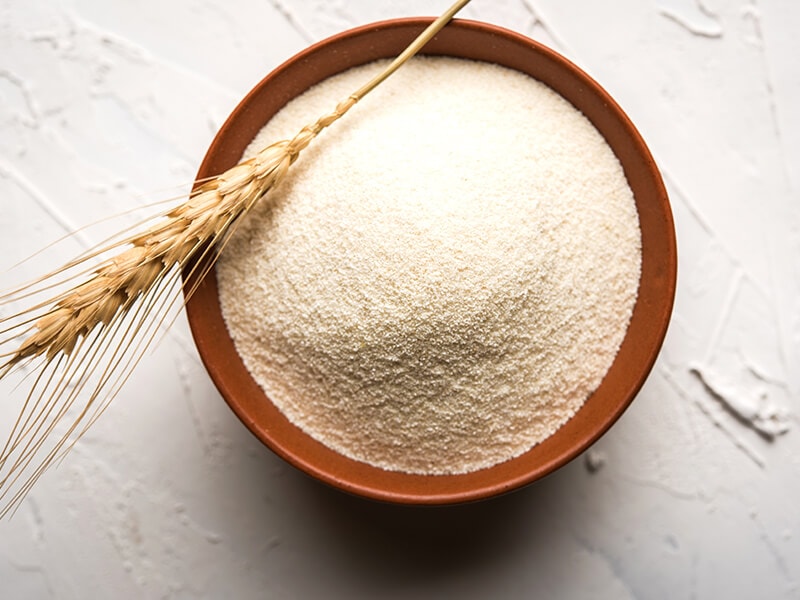
Pasta is traditionally made from wheat flour mixed with water and sometimes egg. These ingredients are then blended into a dough, rolled out, and cut into the right shapes.
A well-cooked pasta dish should be limp but firm so it gives an interesting mouthfeel when eating (al dente). (1)
People often make Italian pasta with 3 types of flour:
- Semola flour: Extremely fine flour derived from durum wheat. You’ll find this kind of flour in countless eggless pasta.
- Semolina flour: This flour is actually wheat middlings from the intermediate milling stage. As a result, it is much coarser than semolina flour. This flour is good for making ridged & shaped pasta.
- 00 flour: This is the most refined type of flour. Also known as “doppio zero” flour, it has a texture that is silky smooth and turns chewy when cooked. It’s the ideal option for pizza dough and stuffed pasta.
Pasta can be eaten fresh or dried. The names are pretty self-explanatory. Fresh pasta is pasta that has just been made, has a more tender texture, and cooks faster. Dry pasta is just fresh pasta dried using heat and air.
As I am talking about dry pasta brands, when I use the term “pasta” in this post, it should be understood as dry pasta.
Types Of Pasta
Before jumping into pasta brands, let’s talk about types of pasta first to understand how they work. Choosing the right type is as important as choosing the right brand to make pasta with.
Spaghetti
Spaghetti is one of the most popular types of pasta. It has a long, cylindrical shape with a medium thickness. It suits any type of dish based on meat or vegetables, although its most beloved combination is with tomato sauce and meatballs.
Lasagne
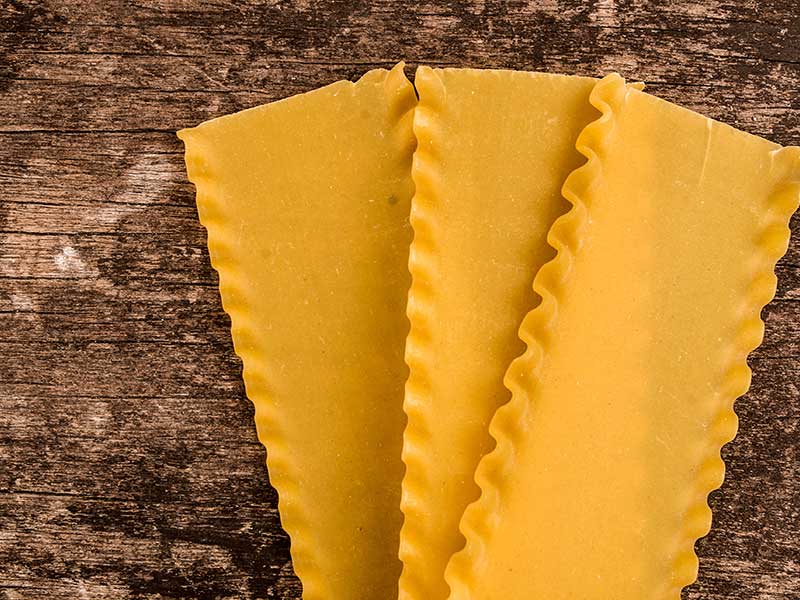
Not to be confused with the dish “lasagna”, lasagne is a thin sheet of pasta with jagged, decorative edges. It is mostly used in oven-baked dishes like lasagne al Forno, chicken lasagne, etc. There are also more vegetarian versions of lasagne popping up.
Macaroni
Macaroni, or elbows, often has curvy, tube-like shapes and is cut into short, small pieces. Its exterior is a ridged surface to hold sauce and seasoning better. It goes well with almost any type of sauce, soup, salad, or stir-fried dish.
Penne
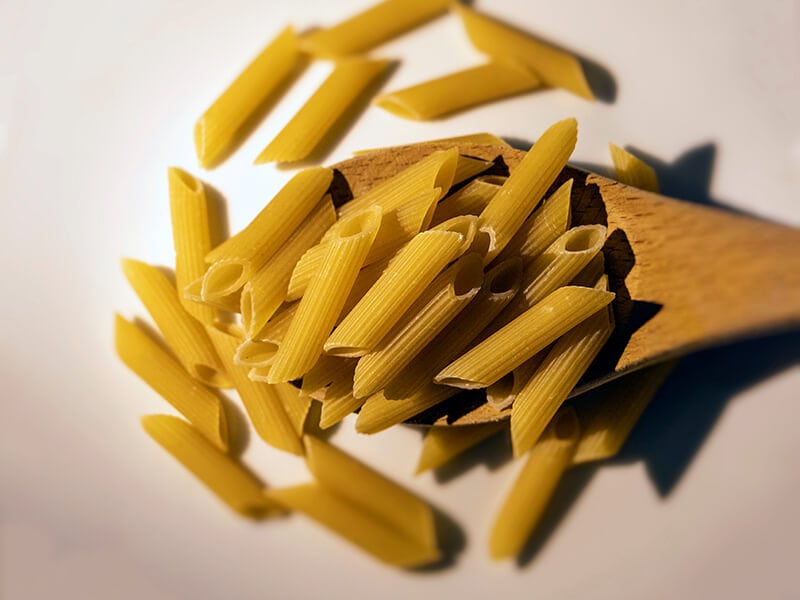
Like macaroni, penne has a tube-like, hollow structure and ridges on the side. However, unlike macaroni, penne is straight and has diagonal cuts at the end instead of the straight, blunt cuts you see on macaroni.
Many American families adore Penne pasta. It goes best with recipes that involve meaty, thick sauces and also suits pasta bake dishes.
Ravioli
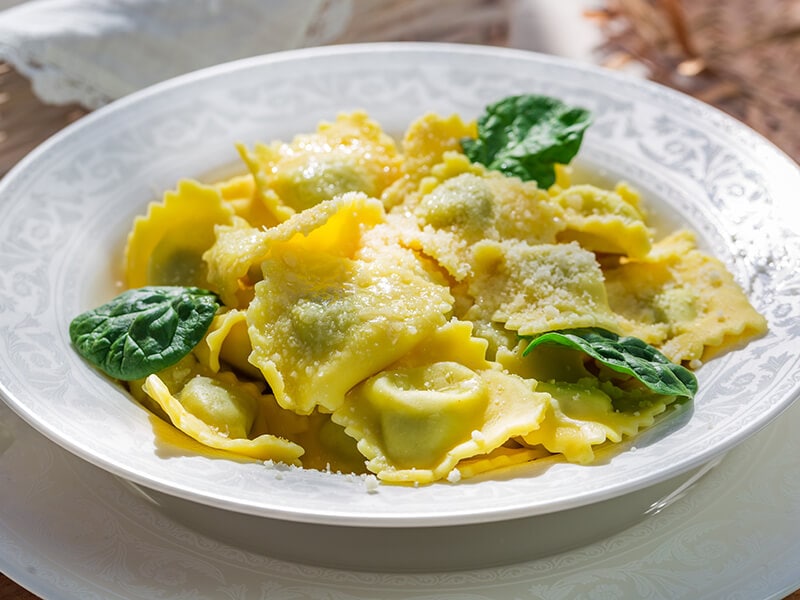
Ravioli is square-shaped and is a type of stuffed pasta, which means you can change the fillings according to your preferences. The stuffing can be cheese, meat, seafood, or vegetables and served with sauce or olive oil.
Linguine
Inexperienced foodies might mistake linguine for spaghetti, but they are quite different. Although linguine also has a long shape, it is flat rather than round. It tastes best when paired with lighter texture foods, like creamy sauce or seafood.
Rigatoni
Rigatoni is quite similar to penne in shape, but its end is cut straight instead of diagonal, and it is larger and has a greater width. It often appears in recipes that involve baking pasta or chunky sauces.
Farfalle
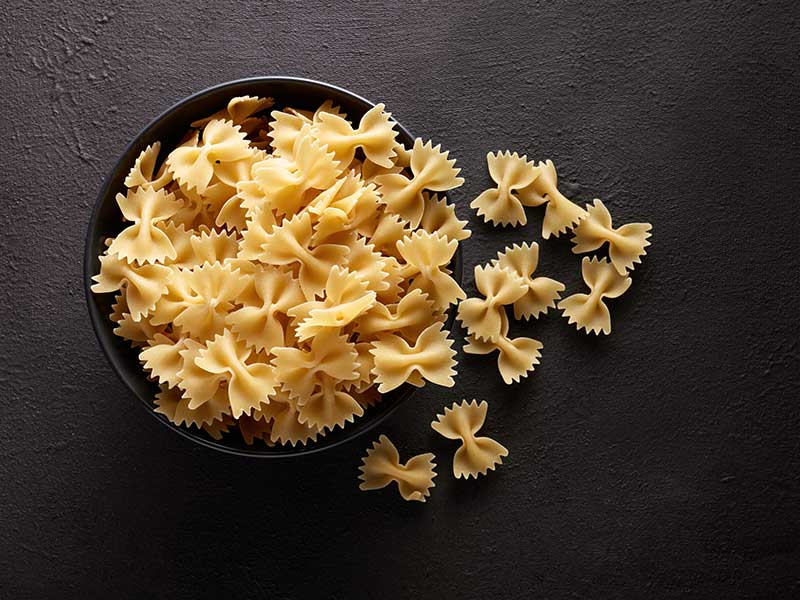
Farfalle is a type of pasta that has a bow tie-like or butterfly shape. Farfalle pasta is small but can trap sauces and ingredients quite effectively, so people often use it in creamy dishes or recipes that involve cheese or pasta salads.
Fusilli
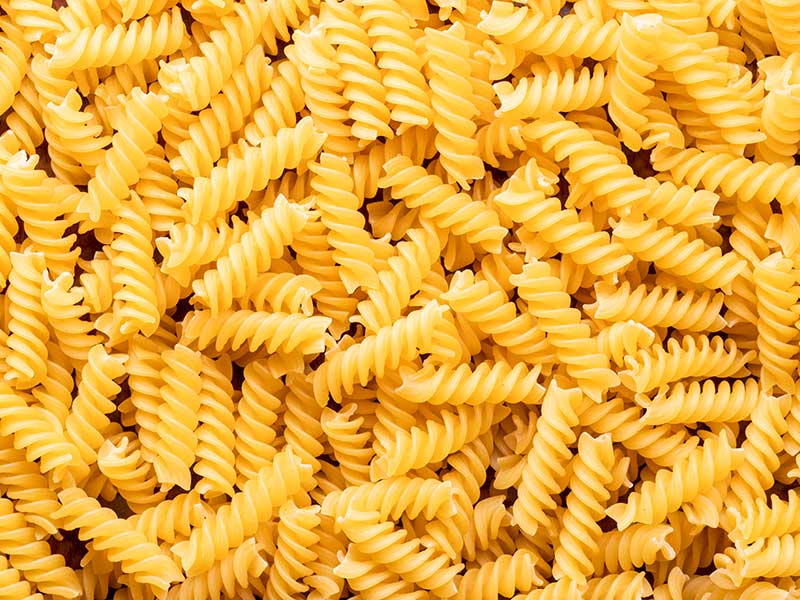
Fusilli has a twisted shape and is cut into small lengths like a screw. Its grooves and crevices can hold sauces pretty well, so fusilli is usually paired with anything from thick, creamy sauces to lighter toppings like light vinaigrettes.
Tips For Choosing And Storing Pasta
There are hundreds of thousands of pasta brands out there, so knowing which one to choose is naturally tricky. So I am here to the rescue with some tips to choose the best pasta and make a perfect pasta dish:
- Type of flour: Make sure to buy pasta made from durum wheat semolina (2). Durum wheat is the best type of flour for making pasta. Its high protein index gives pasta more structure, cooking resistance, and a better mouthfeel.
- The origin: The best pasta always comes from Italy, and the reason for this is obvious enough. Pasta is a distinct part of Italian culture, and Italy houses the best pasta makers in the world.
- Drawing: There are two methods of drawing pasta: Bronze drawing and Teflon drawing. Bronze drawing is the preferable method, as it creates a ridged, rough surface for pasta, while Teflon drawing results in a glossy, shiny, smooth surface.
- Drying: Good pasta should be air-dried at low temperatures over long hours. This enables the protein in pasta to relax, ensures better texture and cooking resistance, and even affects the nutritional value of pasta.
- Protein index: One way to see the protein index is to look at the nutritional values printed on the packaging. If the protein index falls between 12,5% – 15%, you can conclude that the semolina used to make pasta is good.
- Cooking resistance: Cooking resistance means the ability to hold its shape after intense cooking. To check, soak pasta in water for a few hours and check if it loses its shape or releases too much starch into the water. If it doesn’t, then it’s good pasta.
- Additives: Check the ingredients on the packaging if they include too many additives. Good pasta is often made with a minimal amount of ingredients, so the fewer additives, the better.
- Texture: It depends on the dish you plan on making, but pasta with a rougher surface and ridges and edges are generally considered superior, as they hold seasonings and sauces much better.
- Labeling: If you see the word “artigianale” on the packaging, chances are that it’s a good pasta, as it indicates the pasta is made traditionally by a pasta artisan.
How to Store Pasta
For dry pasta, it’s relatively simple. You just need to keep the pasta in a cool, dry place like your cupboard or pantry, and dry pasta will last up to a year.
However, it’s a little bit more complicated with fresh pasta. If you just made a batch of fresh pasta at home and want to keep it for a long time, here are the steps you need to do:
- Step 1: Toss flour onto the pasta
- Step 2: Set pasta out to dry
- Step 3: Keep pasta in an airtight container
- Step 4: Freeze or refrigerate pasta
When stored correctly, homemade pasta should last for about 18 – 24 hours in the fridge.
FAQs
While the post above has already covered much of the important information, there are probably still some questions lingering at the back of your mind. In this section, I will answer some of the most frequently asked questions regarding this topic.
Time To Make Some Pasta!
That’s all you need to know for now on pasta brands, how they are made, and how to pick them. I hope the information was helpful, and from now on, you can be even more confident in cooking pasta.
If you have any tips or reviews on pasta brands, don’t hesitate to share them with others in the comment section below. And remember to share this post with anyone who might find it useful!
References
- Pasta (no date) Encyclopædia Britannica. Encyclopædia Britannica, inc.
- Pasta (2022) Wikipedia. Wikimedia Foundation.
- What is a portion of pasta? nutritionists launch new portion size guide (2019) The Independent. Independent Digital News and Media.
- Lehman, S. (2018) Pasta, as part of a healthy diet, not tied to weight gain, Reuters. Thomson Reuters.

